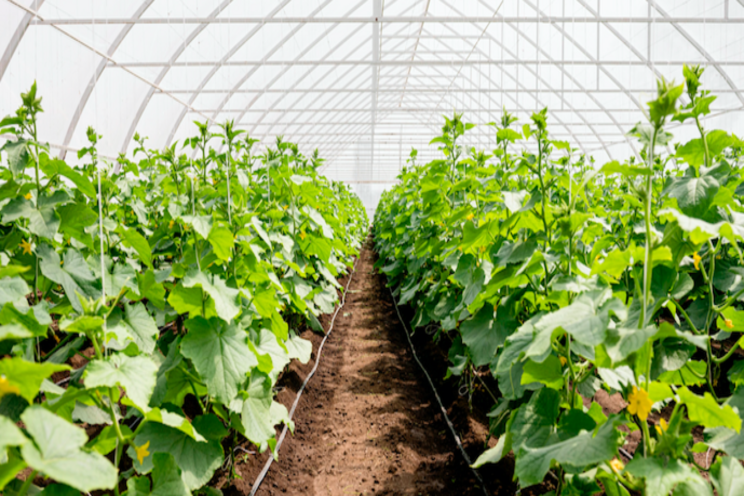Technique for rapidly diagnosing herbicide-resistant weeds
Added on 13 April 2021

A recent article in the journal Weed Science describes a new rapid "leaf-disk assay" that uses chlorophyll fluorescence emissions to determine whether a weed is resistant to various systemic and contact herbicides. In contrast to time-consuming and labor-intensive greenhouse screenings and population studies, leaf-disk assay results are available in about 48 hours.
In a recent research study, scientists were able to use the fluorescence technique to rapidly detect resistance to glyphosate, dicamba and fomesafen in broadleaf and grass weeds, including Palmer amaranth, waterhemp, kochia and goosegrass.
The assay clearly separated populations susceptible to herbicides from those that are highly resistant. It exhibited less sensitivity, though, in identifying populations with lower levels of resistance.
Though further work is needed to fine-tune the new test for greater precision, researchers say it holds great promise.
"In addition to the speed, the leaf-disk assay requires fewer technical skills," says Chenxi Wu, research scientist at Bayer CropScience. "That means more weed science labs will be able to use the technique to identify multiple resistances efficiently - helping growers take more immediate and informed actions."
To learn more, read the article "A nondestructive leaf-disk assay for rapid diagnosis of weed resistance to multiple herbicides" online.
Source: Ag News
Photo created by freepik
Source: Ag News
More news















